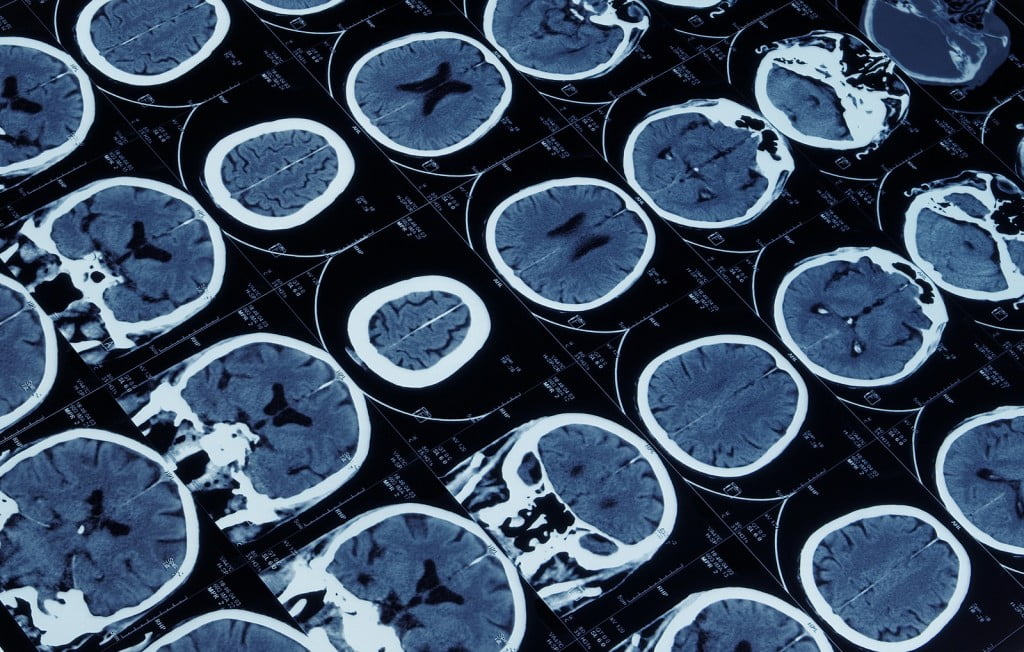A new study is bringing new hope to people suffering from head-injury-induced epilepsy. The research published by scientists at Israel’s Ben Gurion University of the Negev, the University of California Berkeley and Charité University of Medicine in Germany found that a commonly used hypertension drug dramatically decreased the number of seizures suffered by rats who had experienced head trauma, negatively affecting the likelihood of developing post-traumatic epilepsy.
The study, published in the Annals of Neurology, discovered that a drug used to control high blood pressure known as losartan (commercially known as Cozaar) prevented seizures in about 60 percent of the injured rats that were tested, in comparison to the 100 percent which usually develop epilepsy. In fact, nearly 10 to 20 percent of all cases of epilepsy are the result of severe head trauma like concussion, which makes this study into the halting effects of losartan exceedingly important.
Related articles
- FitNeS: New Technology Treats Epilepsy From The Inside
- New Study May Help Restore Speech After Paralysis
“This is the first-ever approach in which epilepsy development is stopped, as opposed to common drugs that try to prevent seizures once epilepsy develops,”said Alon Friedman, Professor of Physiology and Neurobiology and member of the Zlotowski Center for Neuroscience at BGU of the research. “Those drugs are administered for many years, have a limited success and involve many side effects, so we are excited about the new approach.”
Better detection, new treatment
Led by Friedman, Daniela Kaufer, UC Berkeley Associate Professor of Integrative Biology and member of the Helen Wills Neuroscience Institute, and Uwe Heinemann from CharitéUniversity of Medicine were able to explain, for the first time, how head trauma injuries, stroke and infection could lead to epilepsy. Following a period of 10 years of collaborative research, the team was able to point to the blood-brain barrier, or a tight wall of cells lining blood vessels in the brain that is breached in trauma, as the culprit for resulting epilepsy in some cases.
Prior to the current study, Friedman and Kaufer were able to show that the breakdown of the blood-brain barrier, the protection mechanism that separates between our bodies and brains, caused inflammation and lent itself the development of epilepsy.
The pair’s research published in 2009 pinpointed the most common protein in blood serum called albumin as the cause for epilepsy. The team was able to demonstrate that losartan entirely prevent injury-related epilepsy, but not before trying out a number of other drugs first. Coauthor of the study and a doctoral student at BGU, Guy Bar-Klein experimented with a number of drugs before discovering losartan, a drug approved to treat high blood pressure, which he added to the lab rats’drinking water to get through the tight blood-brain barrier.
Sign up for our free weekly newsletter
SubscribeIn addition, Friedman’s lab and the Brain Imaging group at the Soroka University Medical Center began to use MRI to ascertain whether the blood-brain barrier had been breached, which, in the future, will potentially allow doctors to immediately administer losartan as preventive treatment for epilepsy following head trauma.
Same drug different treatment
“Right now, if someone comes to the emergency room with traumatic brain injury, they have a 10 to 50 percent chance of developing epilepsy, and epilepsy from brain injuries tend to be unresponsive to drugs in many patients,”Friedman explains. “In addition, since the breakdown of the blood-brain barrier may also be associated with other complications, including bleeding and changes in cognitive functions, we are expecting that our approach will prevent complications other than epilepsy.”
The study was supported by the Israel Science Foundation, the European Union’s Seventh Framework Program, the United States-Israel Binational Science Foundation and the National Institutes of Health. According to Kaufer, the study is extremely important because it uses existing medication to prevent the development of a life-threatening complication, “This study for the first time offers a new mechanism and an existing, FDA-approved drug to potentially prevent epilepsy in patients after brain injuries and once they develop an abnormal blood-brain barrier,”said Kaufer.
With independent experiments now underway to examine the team’s findings, it could be a matter of a few years before human clinical trials and losartan treatment begin.
Photo: mutiple magnetic resonance image of brain and cranium by Bigstock
Related posts

Israeli Medical Technologies That Could Change The World

Harnessing Our Own Bodies For Side Effect-Free Weight Loss

Missing Protein Could Unlock Treatment For Aggressive Lung Cancer




Facebook comments